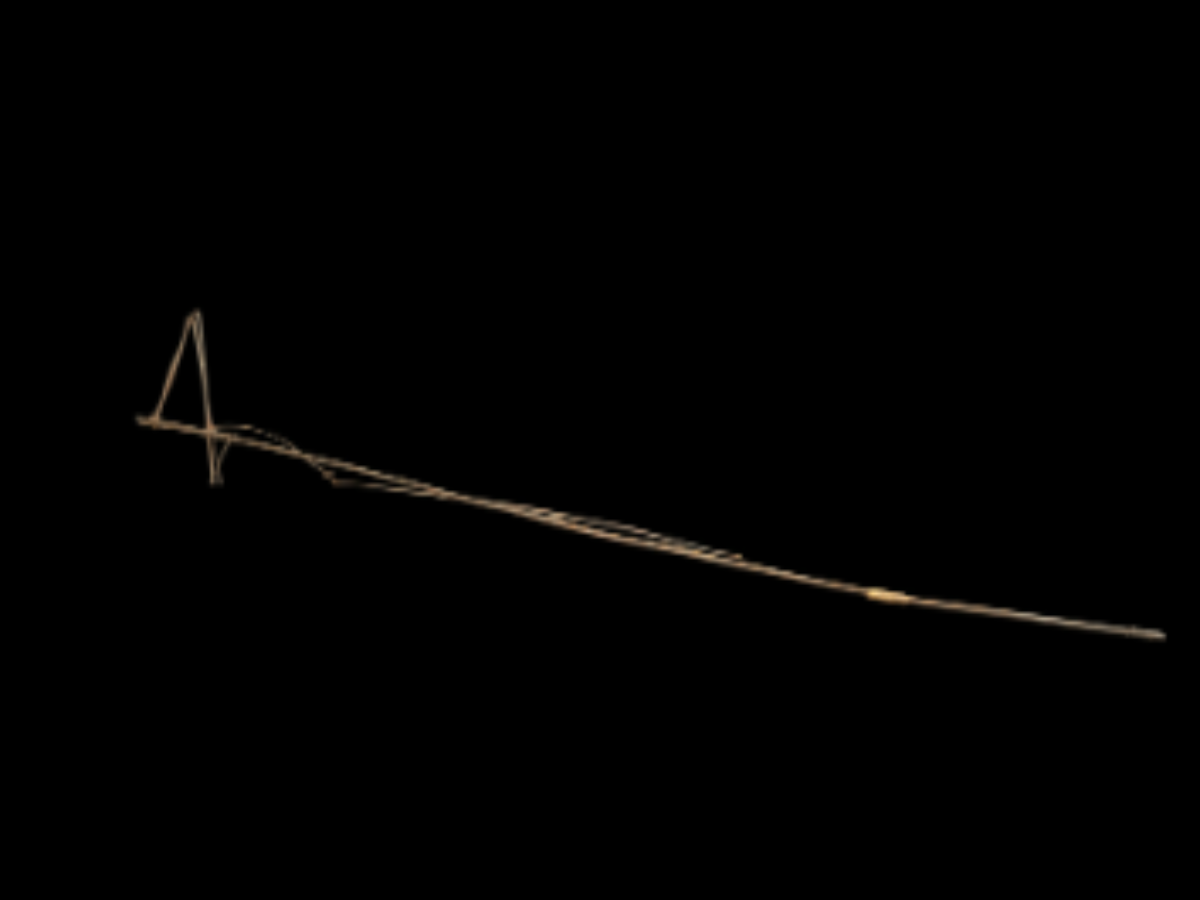State
Tribe Name
Art Type
short description
The Kesheh is an ancient snaring device, typically seen with the Naga tribe of Nagaland. It has been designed primarily to trap a prey-an ingenious trap for trapping any kinds of prey. It is built using really thin bamboos, indicating a good understanding of the environment and sustainable ways of surviving in a forested area. The structure generally has a bifurcated head, so it looks a little prongy up at its tip for holding or triggering a trap. Just below the bifurcation, you will see a triangular shape, possibly functioning as a tension support or part of the mechanism to trap small animals like birds, rodents, or reptiles. Three cane straps wound securely at three distinct positions add strength and flexibility to prevent them from breaking during usage.
Thumbnail

Filter Postion
Left
Filter Background
Off
Theme
Filter Header Image

content
Image

description
The Kesheh is an ancient snaring device, typically seen with the Naga tribe of Nagaland. It has been designed primarily to trap a prey-an ingenious trap for trapping any kinds of prey. It is built using really thin bamboos, indicating a good understanding of the environment and sustainable ways of surviving in a forested area. The structure generally has a bifurcated head, so it looks a little prongy up at its tip for holding or triggering a trap. Just below the bifurcation, you will see a triangular shape, possibly functioning as a tension support or part of the mechanism to trap small animals like birds, rodents, or reptiles. Three cane straps wound securely at three distinct positions add strength and flexibility to prevent them from breaking during usage.
Long handle, also made from a bamboo split, extends reach or leverage so that the trapper could place the snare in hard-to-reach areas or under dense vegetation. Availability of locally sourced bamboo and cane further promises that Kesheh is lightweight and durable, synonymous with functionalities of Nagas. Living as an extended family, in a great mottled jam, and having a natural relationship made the Naga tribe rely traditionally on hunting and trapping for their livelihood. The Kesheh is no exception in fulfilling the nutritional requirements, acting as a mean in conserving the ecosystems to allow a near-balanced nature-human relationship. At present, such articles are ethnographic artifacts and preserve knowledge regarding tribal heritage, indigenous technology, and eco-friendly practices of the Nagas.
Long handle, also made from a bamboo split, extends reach or leverage so that the trapper could place the snare in hard-to-reach areas or under dense vegetation. Availability of locally sourced bamboo and cane further promises that Kesheh is lightweight and durable, synonymous with functionalities of Nagas. Living as an extended family, in a great mottled jam, and having a natural relationship made the Naga tribe rely traditionally on hunting and trapping for their livelihood. The Kesheh is no exception in fulfilling the nutritional requirements, acting as a mean in conserving the ecosystems to allow a near-balanced nature-human relationship. At present, such articles are ethnographic artifacts and preserve knowledge regarding tribal heritage, indigenous technology, and eco-friendly practices of the Nagas.
Image Mode
landscape
promoted
On
Verified
Off
